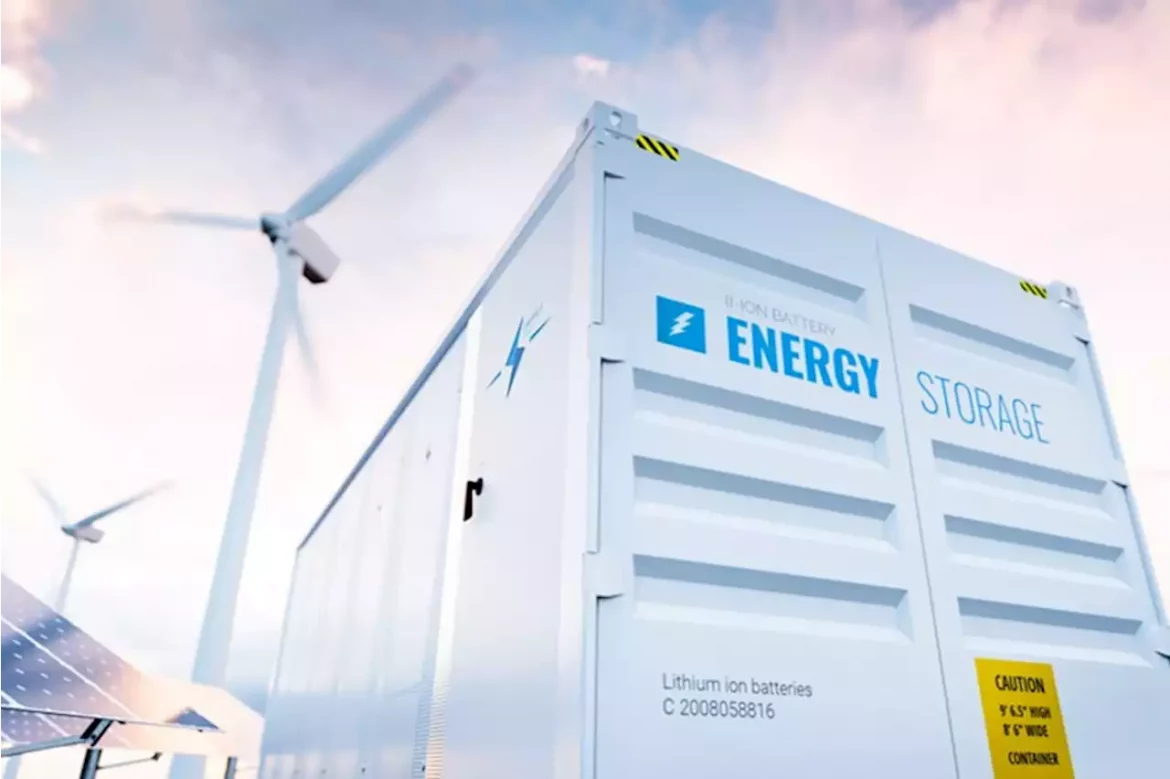Eskom has provided more details on the contracts awarded to Hyosung Heavy Industries and Pinggao Group for its flagship Battery Energy Storage System (BESS) project.
The utility recently confirmed the two successful bidders would contribute a combined 687MWh of capacity to Phase 1 of the BESS project in feedback sent to MyBroadband.
Eskom has explained the contracts will be for the design, supply and installation as well as operating and maintenance of the sites over five years.
The project’s primary purpose will be to alleviate pressure on the national electricity grid through national peak shaving for four hours a day on at least 250 days of the year.
“It will also be used secondarily for ancillary services and local network support,” Eskom said.
The Eskom BESS project will also act as a proof of concept to demonstrate the viability of using large-scale storage to address the country’s energy challenges.
“To maximise benefits, the distributed battery storage sites are strategically situated at remote areas with limited access to our distribution networks, but close to renewable independent power producers’ plants,” Eskom said.
Unlike Eskom’s fossil-fuel-based generation that can be spun up as demand requires, the potential of renewable energy sources like solar and wind depends on the weather.
South Africa’s peak energy consumption times are typically in the late afternoon and early evening, when the sun is no longer shining and solar output is low or non-existent.
Similarly, wind production can be erratic and produce vast amounts of energy when demand is low.
The batteries will be able to store excess energy generated by IPPs during off-peak hours and discharge during peak periods.
The BESS project is designed to employ batteries with a capacity of 1,440MWh per day and a 60MW solar photovoltaic (PV) capacity.
The two phases of the project are planned as follows:
- Phase 1 — Adding approximately 199MW additional capacity. With four hours of storage, this equals 833MWh of distributed battery storage plants at eight Eskom Distribution substation sites. This phase also includes about 2MW of solar photovoltaic (PV) capacity.
- Phase 2— Adding approximately 144MW more capacity, equivalent to 616MWh at four Eskom Distribution sites and one Transmission site. The solar PV capacity in this phase is 58MW.
Eskom said that all Phase 1 sites are planned to be commissioned by 30 June 2023 and Phase 2 by December 2024.
ALSO READ: Eskom warns load-shedding could be implemented at short notice
The African Development Bank, New Development Bank, the World Bank, and the Clean Technology Fund (CTF) co-financed the project.
Eskom said because the electricity grid will continue to incorporate energy from renewable sources, it will require energy storage in large quantities.
“To this end, the organisation operates the largest testing facility for large-scale energy storage in the southern hemisphere, at its Research, Testing and Development facilities in Rosherville, Gauteng,” it stated.
In addition to bulk energy storage solutions for grid strengthening, Eskom is also exploring small-scale, behind-the-meter storage solutions for customers to store their own generated power.
The tables below show a breakdown of the output, capacity, and locations of the various Eskom distribution substation sites in phase 1 and phase 2 of the project.
Source: Moneyweb
